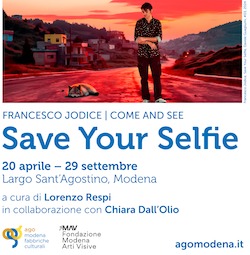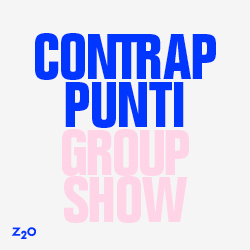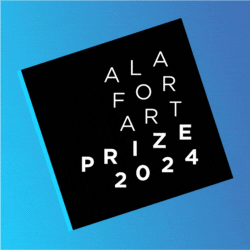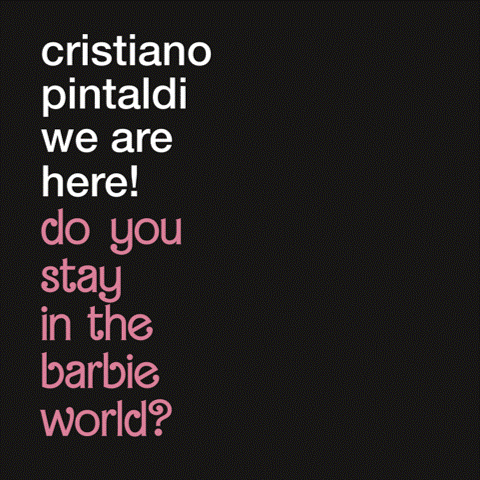[nemus_slider id=”54649″]
Interview Christian Jankowski, Curator Manifesta 11
Manifesta 11 is seeking a dialogue between artists and professionals from other trades. What is the artistic-curatorial concept behind this?
I always see art as especially successful when it develops a life of its own beyond the normal confines of the art world. As part of Manifesta 11, works are being created in milieus normally considered apart from the art world; some of the works will also be exhibited in those milieus. My greatest hope is that the contributions of these collaborators from other professions will also yield something special for art itself, namely, through the fact that these people will inscribe their opinions, voices and expectations on art. By supporting the artists, the hosts also influence the artists’ view of Zurich and of the issues that become the subject of the artworks. Manifesta 11 sees the artist not as a lonely island but as someone who is engaged with his environment and perhaps can say a few things about it through their artworks or in their artworks. So it’s time to get out of the studio, out of the white cube; maybe even out of the usual interpretation of the artworks.
What do people who otherwise don’t have much to do with art have to gain by allowing themselves to get involved in an art project?
Even people who otherwise have very little to do with art can experience new things at Manifesta 11 and maybe even discover something new for themselves. The demands in art are more diverse than those in the organised working world, where people know exactly what their duties and rights are. Now, people are suddenly being called on to walk the tightrope, to answer back and to work beyond normal working hours.
To what extent was the city of Zurich in itself a source of inspiration and friction for the curatorial concept of Manifesta 11?
The guilds of Zurich provided decisive momentum for the city’s development into a financial and economic metropolis. In turn, the money derived from this facilitated the art world and the production of art and made the city attractive to top galleries. There were ideal conditions here for trades to emerge in the art world. Zurich and I share a common weakness: we love art and we love professions. That was how I got the idea of making a new point of access for a new audience for Manifesta 11, via the professions.
How do the individual Joint Ventures (new productions) interact with the main exhibition venues, the Lo?wenbra?ukunst-Areal, the Helmhaus and the Cabaret Voltaire?
The 30 new works are products of the ‘Joint Ventures’. Each of these artistic projects has three forms of presentation: one in a satellite, one in a classic art institution and one in the form of a film at the ‘Pavillon of Reflections’. The Historical Exhibition provides the conceptual context to the new commissions – highlighting the history of the representation of work in different thematic ways. The new and the old are shown alongside each other within the museums – though the historical is all placed on a scaffolding-like structure to give it its own identity. The aim is to place the new works in a wider framework about ideas of work, employees and the things people do for money.
Cabaret Voltaire, the birthplace of Dada, is being converted into a special guild house for Manifesta 11 in its jubilee year, and a guild for artists has been found- ed. What is the idea behind that?
Like every guild hall, the Cabaret der Ku?nstler – Zunfthaus Voltaire is an exclusive community with its own rules of membership. In contrast to the 26 conventional guilds in Zurich, however, access is not defined by where a person comes from, but by their participation. Every artist can submit a proposal for a performance together with a non-artist and automatically become a member of the guild after this performance.
What can visitors expect from the Pavillon of Reflections?
The Pavillon of Reflections will, so to speak, demonstrate the reception of the reception. Above all, documentaries and art films by students of the ZHdK will be screened. These films will document the creative processes of the ‘Joint Ventures’ and the reaction of the specific audience to these works during the pre-openings in the satellites. How does this particular trade view art, how did it use the opportunity to collaborate with an artist? The films obey a dogma laid down by myself to which Jean-Luc Godard practically gave his blessing.
Manifesta also sees itself as a biennial with a decidedly political slant. What is the socio-political background to the Manifesta 11 in Zurich, entitled ‘What People Do for Money: Some Joint Ventures’”?
On the one hand, the title touches on issues regarding the future of the working world and the approaching changes triggered by the fourth industrial revolution and the resultant destruction of jobs. On the other hand, the title also addresses professional issues as a point of crystallisation for identity. Such issues, among others, will also be addressed in Manifesta 11’s educational programmes.
What kind of change in perspective did you get by switching roles from artist to curator?
On the one hand, I regard this exhibition from the point of view of the art producer.
I also feel related to this perspective on an art project. I produce art or I produce an exhibition. From my standpoint, there is no big difference. What is different is my relationship with curators, gallery owners, and, above all, my relationship with artists. Some of them want to be involved at all costs, they send me thousands of text messages, I get sent thousands of things. Dealing with that is not always easy for me. And I’m sure I don’t always respond correctly and I make errors under the pressure I am. But as a producer, I am also glad when artists come to me with ideas, that they are aware of budgets, of all the traps that I myself have also fallen into as an artist. Furthermore, as a producer of art, I think in different time scales. As an artist, it see- med normal to me not to know exactly what I was going to do three months before an exhibition. That is different now. What is also new is my role as a representative, to a certain extent, of an art organisation. In that capacity, I’ve got to deal with all sorts of ideas that are not my own.
To find out more about MANIFESTA 11














